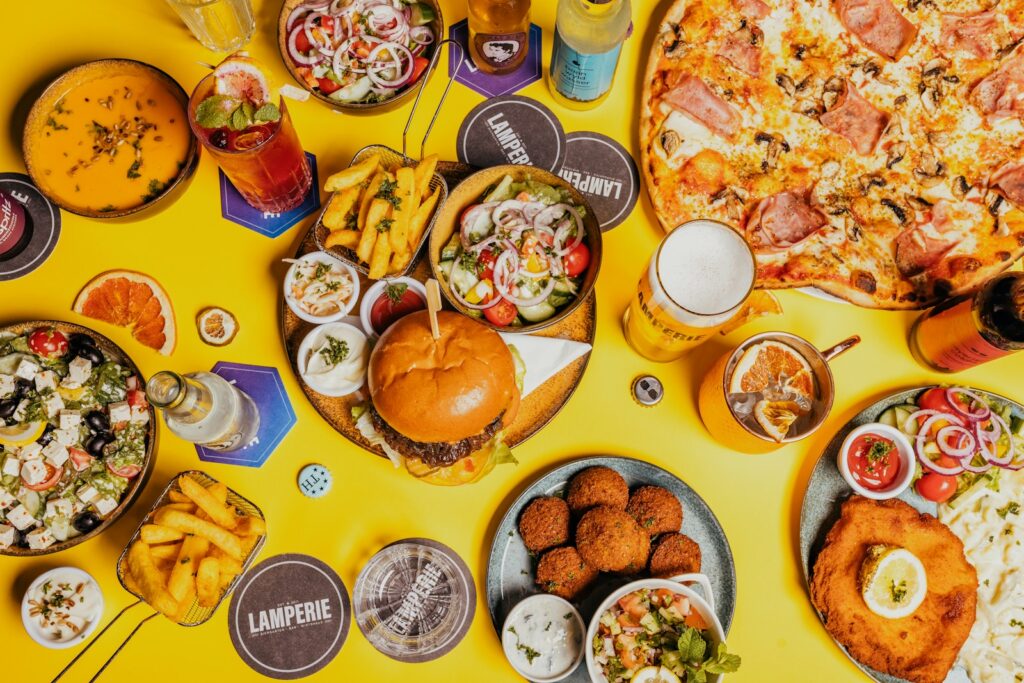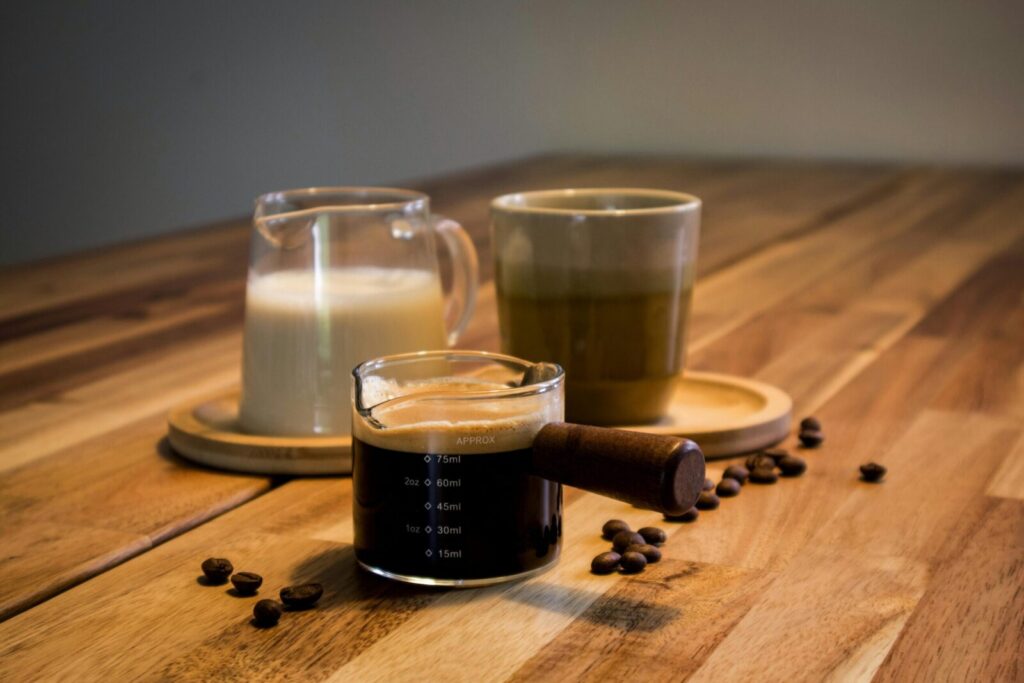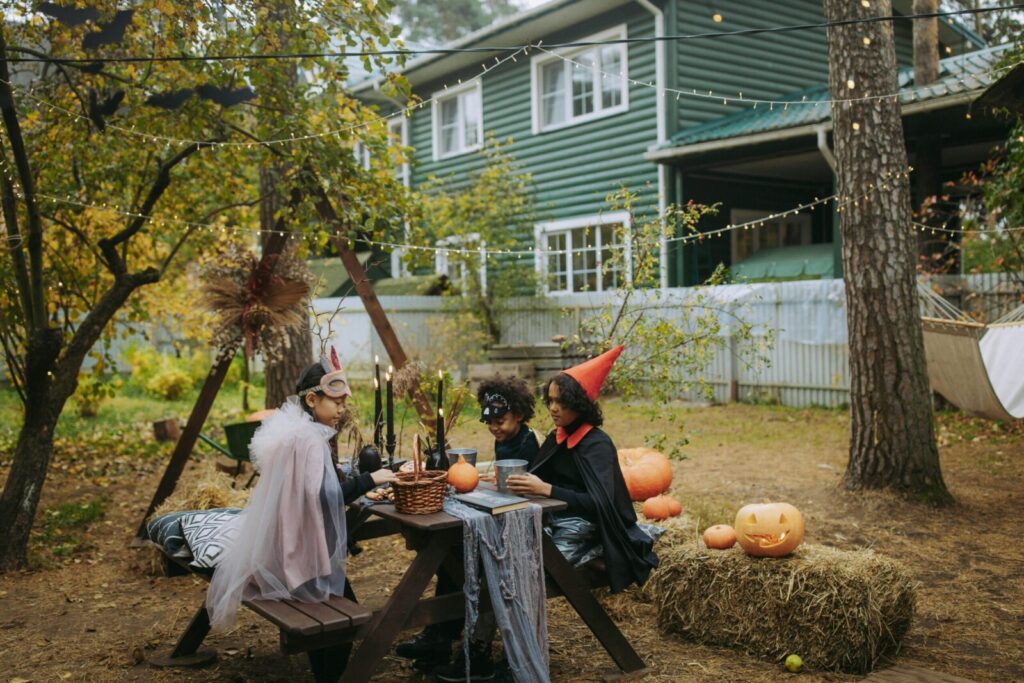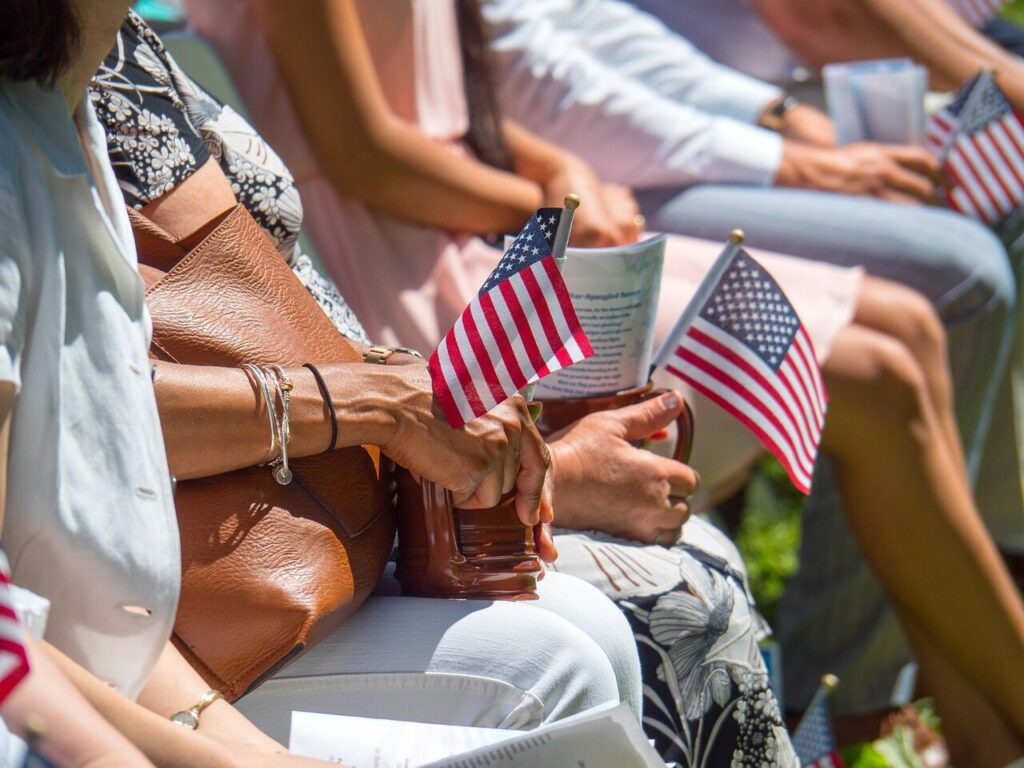American culture is known worldwide for its influence on movies, music, and technology. Yet, alongside these global exports are customs that can leave foreigners scratching their heads. From peculiar dining habits to unique social behaviors, many everyday American practices can seem baffling to those accustomed to different traditions. Understanding these customs gives a fascinating glimpse into how Americans interact, celebrate, and live their daily lives. Here are seven such practices that often confuse the rest of the world.
1. Excessive Celebrations for Minor Achievements

Americans have a unique habit of celebrating even minor milestones, especially for children. From elaborate birthday parties with themes and decorations to “first day of school” photos, these celebrations can seem over-the-top to outsiders. In many cultures, achievements are celebrated more modestly, so the American approach can feel excessive. The focus on individual recognition and encouragement aims to build confidence and happiness, yet for visitors, it may come across as exaggerated or even superficial.
2. Obsession with Large Portions of Food

Portion sizes in the United States are notoriously larger than in most other countries. Meals at restaurants often contain more food than one person can reasonably eat, and the concept of “seconds” is standard. Fast-food culture has amplified this trend, making supersized meals almost synonymous with dining out. For visitors, it’s baffling to see plates piled high, sometimes with sides that could serve as a full meal in other nations. This reflects both a cultural emphasis on value and an ingrained preference for abundance.
3. Coffee Culture and Specialty Drinks

Americans consume enormous amounts of coffee, often customized with flavors, sizes, and milk alternatives. Chains like Starbucks popularized personalized drinks such as caramel macchiatos or frappuccinos. Visitors from countries with simple coffee traditions may find this overcomplicated or excessive. Coffee consumption is more than caffeine; it is a social ritual, a work necessity, and a cultural identity. The customization trend dates back to the late 20th century and reflects individual expression. For outsiders, the variety and obsession with coffee sizes and flavors can be both intriguing and baffling. Foreigners are unsure if they are expected to engage in small talk with every passerby or just smile politely.
4. Celebrating Halloween Elaborately

Halloween in the United States has grown into a massive cultural phenomenon, with decorations, costumes, and trick-or-treating dominating entire neighborhoods. Many foreigners are perplexed by adults going all out, decorating homes, hosting parties, and spending significantly on costumes. In contrast, Halloween in many countries is either barely recognized or observed only by children in modest ways. The American version turns it into a community-wide spectacle, blending creativity, commerce, and tradition in a way that outsiders often find extravagant.
5. Emphasis on Self-Promotion

Americans are known for their self-confidence and tendency to promote their achievements openly. From resumes to social media profiles, there is a cultural expectation to highlight personal success and accomplishments. In other countries, modesty is highly valued, and boasting can be frowned upon. Visitors can find this self-promotion disorienting or even arrogant, not realizing it’s a form of networking and building trust. Understanding this custom is key to grasping why Americans often share personal successes so openly.
6. Celebrating National Pride Publicly

Displays of patriotism in the United States can feel more intense than in other nations. Flags are flown outside homes, schools, and businesses, and national holidays like Independence Day are celebrated with grand fireworks and parades. While other countries have patriotic displays, the American approach combines pride, ritual, and commercial spectacle, which can seem excessive to foreigners. This enthusiasm reflects a deep historical connection to independence and national identity, even if it feels overwhelming or puzzling to outside observers.
7. Black Friday Shopping Frenzy

The day after Thanksgiving, known as Black Friday, sees Americans lining up in massive crowds to buy discounted products. Retailers often open extremely early, and shoppers camp overnight to secure deals. This consumer-driven event, originating in the 1950s and expanding nationally in the 1980s, can appear chaotic and excessive to foreigners. In many countries, sales exist but are more moderate. Black Friday illustrates the American passion for bargains, commercialization, and tradition tied to post-holiday consumerism, often leaving outsiders bewildered by the intensity.
Comments